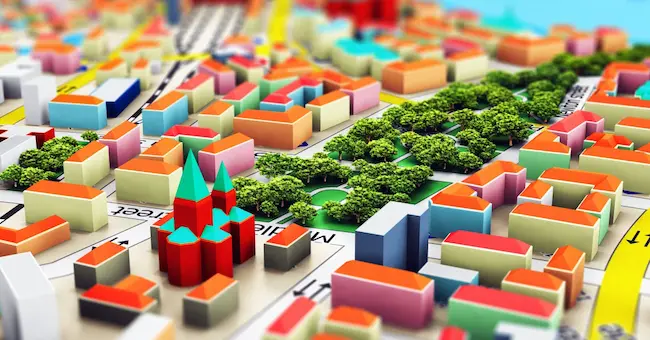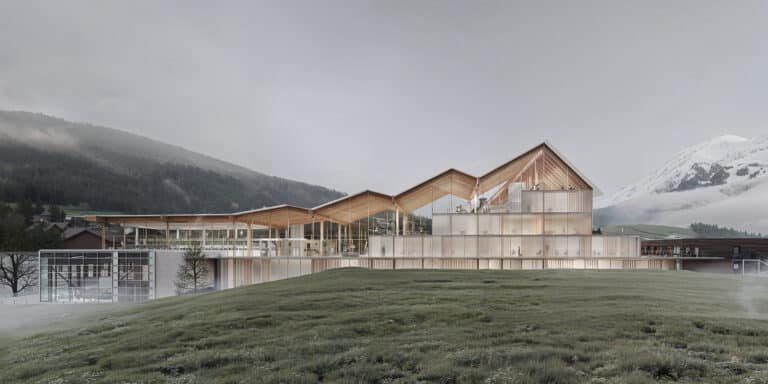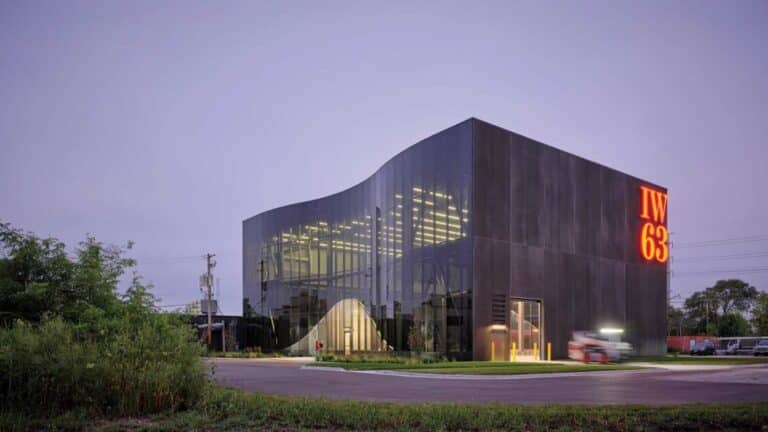Sustainable urban planning represents one of the key solutions to the environmental and social challenges faced by modern cities. In this article, we will discuss the importance of sustainable urban planning and how it can contribute to improving quality of life while reducing environmental impact. We will cover several main points, including the definition of sustainable urban planning, its benefits for the environment and society, the obstacles hindering its implementation, and best practices to achieve it. Additionally, we will include ArchUp’s perspective with analysis, personal opinion, and some constructive criticism.

What is Sustainable Urban Planning?
Sustainable urban planning is an approach aimed at designing and managing cities in a way that balances the needs of the current population without compromising the ability of future generations to meet their needs. This approach includes efficient use of energy and natural resources, improved infrastructure, and increased reliance on public transportation.
According to the United Nations Human Settlements Programme (UN-Habitat), “Sustainable cities are those that provide high-quality services to all residents while minimizing unnecessary resource consumption.”
[Source: UN-Habitat]
Benefits of Sustainable Urban Planning
1. Positive Environmental Impact
Sustainable urban planning plays a significant role in reducing carbon emissions through the design of energy-efficient buildings and the use of renewable energy sources. Additionally, it helps reduce waste of water and other natural resources.
| Environmental Benefit | Direct Impact |
|---|---|
| Reduction of Carbon Emissions | Use of eco-friendly construction techniques |
| Waste Management | Recycling and reducing waste |
| Biodiversity Protection | Preservation of green spaces within cities |

2. Improved Quality of Life
Designing cities sustainably enhances the health and well-being of residents. Green spaces, such as public parks, provide areas for recreation and relaxation, which improves both mental and physical health. Moreover, improving public transportation reduces traffic congestion and noise pollution.
3. Economic Growth
When cities are designed sustainably, it creates new job opportunities in fields like renewable energy and eco-friendly construction. This supports the local economy and promotes long-term development.
Obstacles Facing Sustainable Urban Planning
Despite its clear benefits, there are several obstacles that hinder the implementation of sustainable urban planning. The most prominent challenges include:
- High Costs : Implementing sustainable technologies can be expensive initially, especially for developing countries.
- Lack of Awareness : Many people are unaware of the importance of sustainable planning or how to contribute to it.
- Unsupportive Policies : Some governments do not provide sufficient support or necessary legislation to encourage sustainability.

Best Practices for Achieving Sustainable Urban Planning
To achieve sustainable urban planning, a set of effective practices must be followed:
- Promoting the Use of Renewable Energy : Such as solar and wind energy.
- Creating Green Spaces : Like parks and public gardens.
- Encouraging Sustainable Transportation : Such as bicycles and electric trains.
- Implementing Strict Building Regulations : Including the use of eco-friendly materials and energy efficiency.
ArchUp’s Perspective: Analysis and Criticism
At ArchUp, we believe that sustainable urban planning is not just an option but a necessity to address future challenges. However, the practical implementation of this concept faces significant challenges, especially in developing countries where economic priorities often outweigh environmental considerations.
Strengths :
- Sustainable planning offers practical solutions to reduce pollution and improve quality of life.
- It provides a clear framework for collaboration between governments and local communities.
Weaknesses :
- High initial costs can be a barrier to large-scale implementation.
- Lack of training and expertise among engineers and architects in some regions.

Frequently Asked Questions (FAQ)
1. Why are green spaces important in cities?
Green spaces improve air quality, provide areas for relaxation, and help reduce temperatures.
2. Is sustainable urban planning expensive?
Yes, it can be costly initially, but it saves costs in the long term by reducing energy and resource consumption.
3. How can individuals contribute to sustainability?
By reducing energy consumption, using public transportation, and participating in community activities.
Summary Table: Key Points
| Element | Description |
|---|---|
| Definition of Sustainability | Designing cities to meet present needs without compromising the future. |
| Environmental Benefits | Reducing emissions, waste management, and biodiversity protection. |
| Challenges | High costs, lack of awareness, and unsupportive policies. |
| Best Practices | Use of renewable energy and promotion of sustainable transportation. |

Conclusion
Sustainable urban planning is not just a theoretical idea but a necessity to achieve a better future for everyone. Through collaboration between governments, communities, and individuals, we can build more sustainable and resilient cities capable of addressing future challenges.
In an era marked by rapid urbanization, climate volatility, and resource scarcity, sustainable urban planning has become a critical cornerstone for the cities of tomorrow. According to UN-Habitat, over 68% of the global population is projected to live in urban areas by 2050, making the integration of sustainability principles into city design more urgent than ever. Sustainable urban planning goes beyond green parks and bicycle lanes—it encompasses smart zoning, resilient infrastructure, equitable housing, energy efficiency, and the responsible use of land and water resources. Countries like Denmark, Singapore, and the Netherlands have pioneered innovative models of eco-friendly urban development, including vertical farms, zero-carbon districts, and transit-oriented design. At its core, sustainable planning seeks to balance environmental preservation with social equity and economic growth. From the use of green roofs in Toronto to solar-powered public transport in Freiburg, this approach transforms cities into living ecosystems that support both human life and planetary health. It is not merely a planning strategy—it is a moral imperative, shaping cities that are not only habitable today but also for generations to come.







